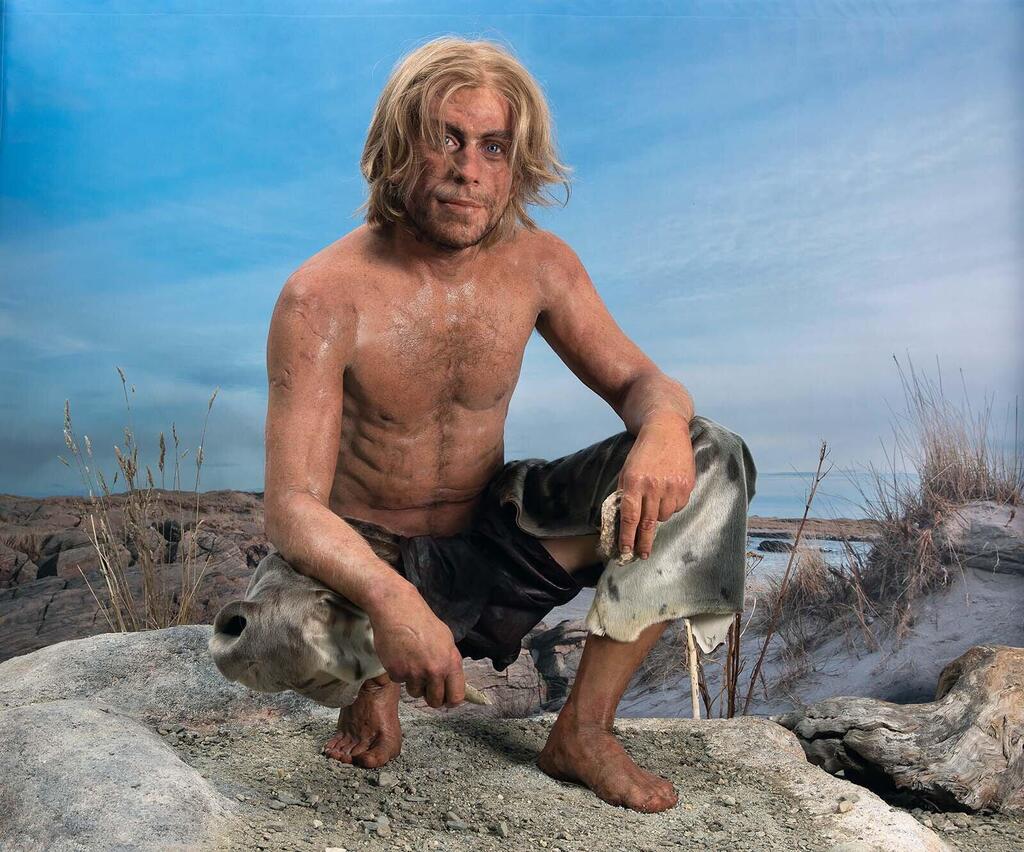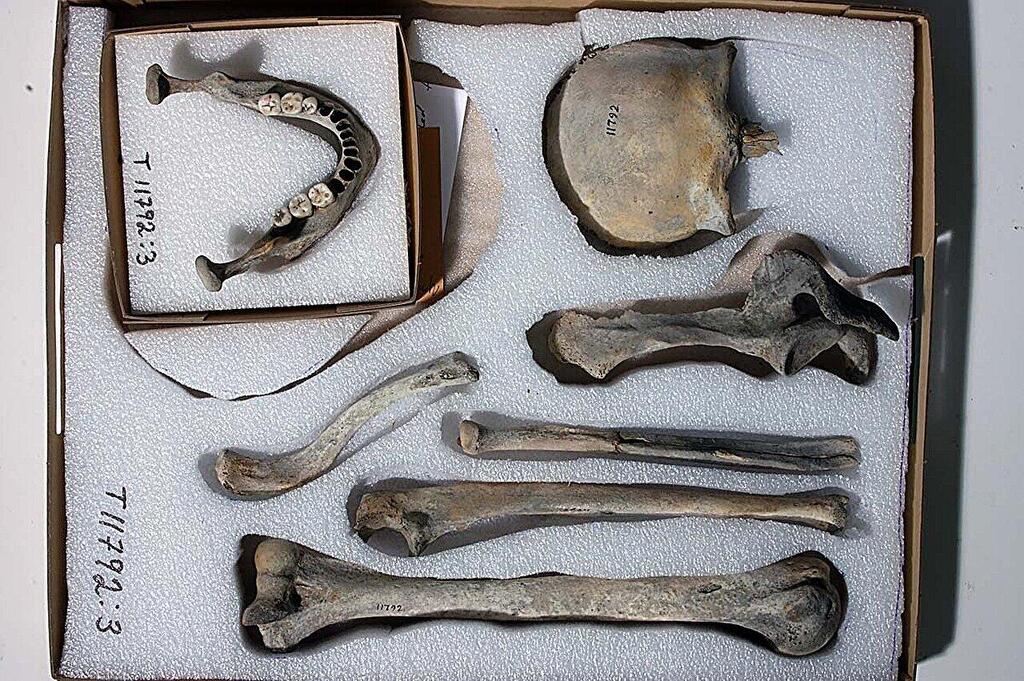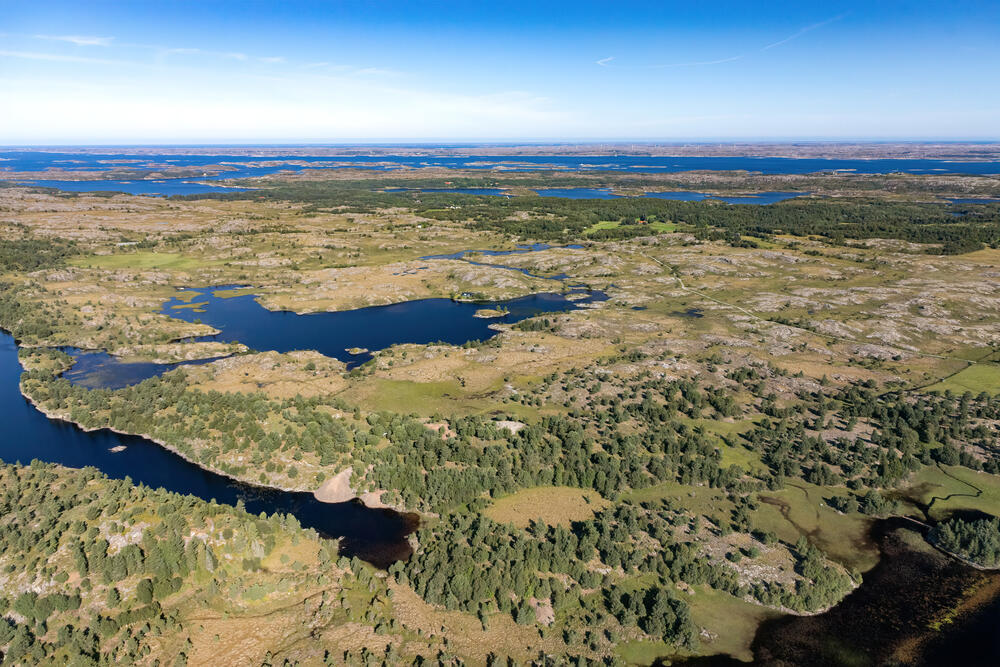According to the Norwegian University of Science and Technology, archaeologist Birgitte Skar and her colleagues have created an image of the ancient human remains known as Hitra Man, which were discovered in 1916 on the island of Hitra. DNA tests suggest that the Scandinavian warrior was 25 when he was buried at sea.
In 1916, construction workers who were upgrading the hilltop road discovered human bones between the sand and stones. The bones belonged to a man who was approximately 25 years of age at death at the very end of the Stone Age which was 4,000 years ago.
"We think that he drowned. When he died, the sea level was 12.5 meters higher than it is today, and the discovery site would have been at a depth of 4 meters. Parts of the skeleton are well preserved, and must have been covered with shell sand on the seabed shortly after he died," said archaeologist Birgitte Skar. She also said it is impossible to ascertain if his death was an accident or from combat.
Besides the bone remains, a dagger and an arm guard were found. The arm guard appears to have been attached to the wrist of the hand holding a bow. The guard would protect the wrist from the blow the bow string made when firing arrows. "These pieces of equipment may indicate he was a warrior," says Skar.
According to the findings, the Hitra man lived in a very turbulent period. Up to that point, most people lived as hunter-gatherers but agriculture became fully established in Norway towards the end of the Stone Age. "Elements of agriculture had been introduced in southern and eastern Norway earlier, but in central Norway, along the coast in the west and in northern Norway, agriculture was first established during this period," she said.
"We believe that agriculture was introduced by migrating people who arrived in Norway to get more land and they were willing to use weapons to do so. We must therefore expect that there were violent clashes between the people who already lived here and the newcomers," says Skar.
"The new people brought new knowledge to the country: about animal husbandry and agriculture, but also about a different way of organizing society. They lived in hierarchical societies, had a different understanding of the world, another religion, and a large network of contacts down in Europe. This knowledge led to major changes, politically, economically and socially," added Skar.
3 View gallery


A recreation of the Hitra man
(Photo: Thomas Foldberg, Åge Hojem / NTNU University Museum)
The ancient warrior stood at about 1.69 meters tall and by examining his teeth, researchers estimate he was around 25 years old. Information about the color of his hair, skin, and eyes was obtained from DNA analyses that were compared to those of several individuals who lived in the same period and had similar DNA.
Currently, the Hitra man's DNA is being analyzed at the Lundbeck Foundation Center for Geogenetics at the University of Copenhagen for additional information.



